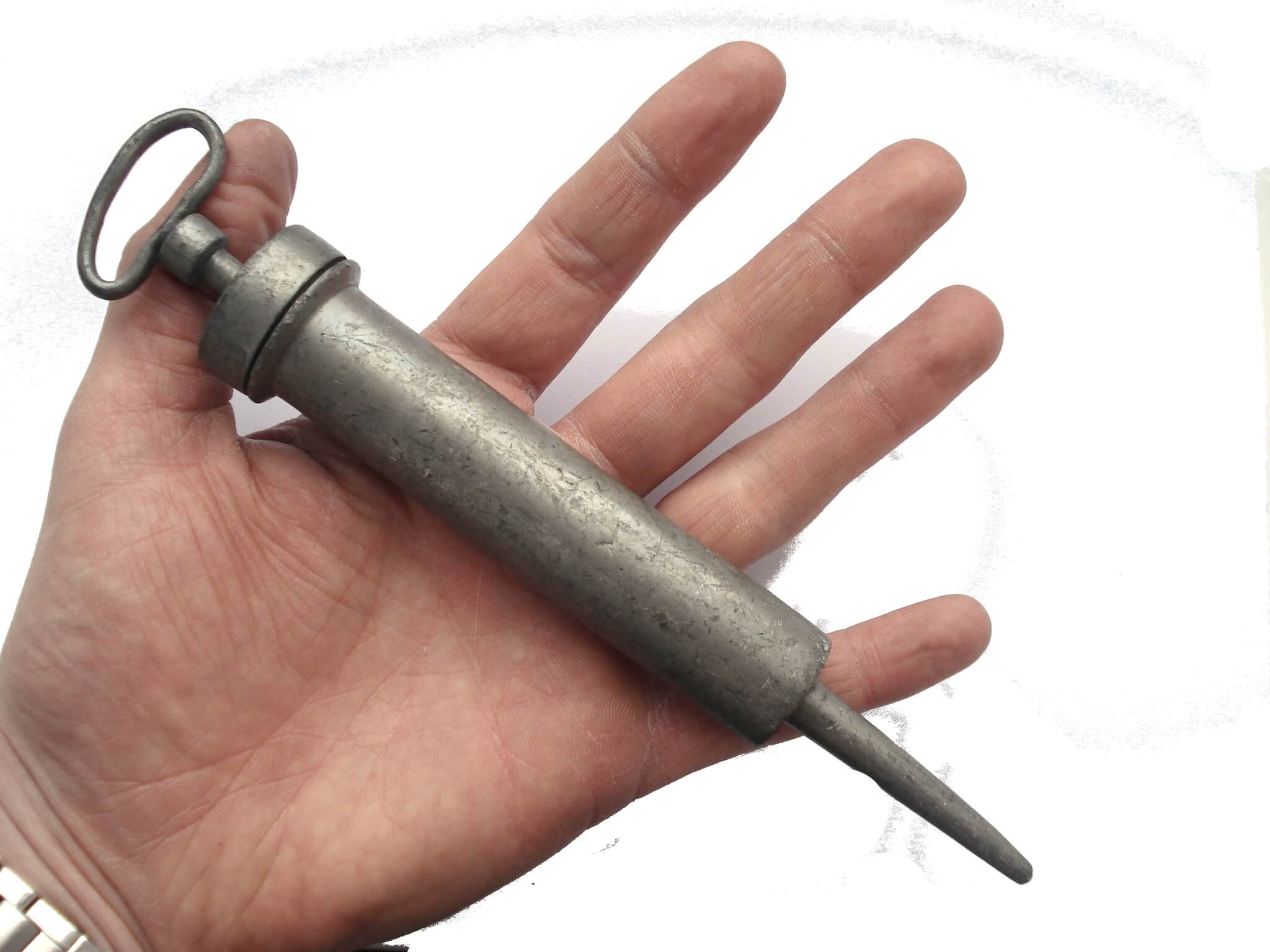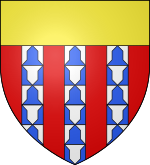A
Comte d'Agenois
Held by the House of Vignerot du Plessis
Duc
d'Aiguillon
Held by the House of Vignerot du Plessis
Duc
d'Albret
Held by the House of Bourbon-Condé (1641-1651)
Held by the House of de La Tour d'Auvergne (1651-1790)
Duc
d'Amboise
Held by the House of Bourbon-Penthièvre
Duc
d'Antin
Held by the House of Pardaillon
Comte
d'Armagnac
Held by the House of Lorraine-Guise
Marquis
d'Argenson
Held by the House of de Voyer
Duc
d'Arpajon
Held by the House of d'Arpajon
Duc
d'Aumale
Held by the House of Bourbon-Penthièvre
Duc
d'Aumont
Held by the House of d'Aumont de Rochebaron
Duc
d'Auvergne
Held by the House of Bourbon
Duc d'Ayen
Held by the House of Noailles
B
Duc de
Bar
Held by the House of Lorraine
Duc de Beaumont
Held by the House of Luxembourg. Given to the
third son of the Duc de Luxembourg
Duc de Beaupréau
Held by the House of Bourbon-Orlèans
Duc de
Beauvilliers
Held continually by the House of Beauvilliers
Duc de Bellegarde
Held by the House of Bourbon-Condé
Marquis
de Belle-Isle
Held by the House of Fouquet
Duc de
Béthune-Charost
Held by the House of Béthune-Charost
Duc de
Biron
Held by the House of Gontaut
Comte de
Blois
Held by the House of Orlèans
Duc de Bouillon
Held by the House of La Tour d’Auvergne
Duc de
Bournonville
Held by the House of Bournonville
Duc de Bourbon
Held by the House of Condé
Comte de Bousset
Held by the House of Bourbon-Bousset
Comte de Brienne
Held by the House of Brienne
Duc de
Brissac
Held by the House of Cossé-Brissac
Duc de
Broglie
Held continually by the House of Broglie
C
Comte de
Cagny
Held by the House of Boufflers
Prince
de Carignan
Held by the House of Bourbon-Penthièvre (1751-1793)
Baron de Chalus
Held by the House of Bourbon-Bousset
Duc de
Chaulnes
Held by the House of d'Albert d'Ailly
Duc de
Chateauvillain
Held by the House of Bourbon-Penthièvre
Duc de Charost
Held by the House of Béthune
Duc de Chartres
Held by the House of Bourbon-Orlèans
Marquis de Chaste
Held by the House of Clermont-Tonnerre
Duc de
Château-Thierry
Held by the House of de La Tour d'Auvergne
Duc de
Châteauroux
Held by the House of Bourbon-Condé
Duc de Châtellerault
Held by the House of Bourbon-Orlèans
Duc de Châtillon
Held by the House of Châtillon
Duc de
Chevreuse
Held by the House of d'Albert
Duc de
Choiseul
Held by the House of Choiseul
Comte de Clermont
Held by the House of Bourbon-Condé
Duc de Clermont-Tonnerre
Held by the House of Clermont-Tonnere
Duc de
Coislin
Held by the House of Cambout
Prince de Condé
Held by the House of Condé
Prince de Conti
Held by the House of Condé
Marquis de Courville
Held by the House of Béthune
Duc de Créquy
Held by the House of Bonne de Blanchefort
D
Duc de Damville
Held by the House of Montmorency
Prince de Dombes
Held by the House of Bourbon-Maine
Comte de Dreux
Held by the House of Bourbon (1594-1656)
Held by the House of Savoy-Carignano (1656-1676)
Held by the House of Longueville (1676-1707)
Held by the House of Bourbon (1707-1718)
Held by the House of the Palatinate (1718-1723)
Held by the House of Bourbon (1723-1793)
Duc de Duras
Held by the House of Durfort
E
Duc d'Elbeuf
Held by the House of Lorraine
Duc d'Enghien
Held by the House of Bourbon-Condé
Reserved for the eldest son of the Prince de Condé
Comte d’Épinac
Held by the House of Clermont-Tonnerre
Duc d’Estouteville
Held by the House of Orlèans-Longueville
Duc d'Estrées
Held by the House of d'Estrées
Duc / Duchesse d'Etampes
Held by the House of Bourbon-Condé
Comte d'Eu
Held by the House of Bourbon-Maine
F
Duc de La Ferté-Senneterre
Held by the House of Senneterre
Duc de Fleury
Held by the House of Rosset
Duc de La Force
Held by the House of Caumont
Duc de Fronsac
Held by the House of du Plessis
G
Duc de Gesvres
Held by the House of Poitier
Duc de Gisors
Held by the House of Bourbon-Penthièvre
Duc de Gramont
Held by the House of Gramont
Prince de Guéméné
Held by the House of Rohan
Duc de Guise
Held by the House of Lorraine (1528-1688)
Held by the House of Bourbon-Condé (1688-1830)
H
Duc d'Harcourt
Held by the House of Lorraine
Duc d'Havre
Held by the House of Cröy
Duc d'Houstin
Held by the House of d'Houstin
I
J
Duc de Joyeuse
Held by the House of Melun
K
-
L
Prince de Lamballe
Held by the House of Bourbon-Penthièvre. Served as a courtesy title for the heir to the duchy
Duc de Lauzun
Held by the House of Caumont
Duc de Laval
Held by the House of Montmorency
Duc de Lesdiguières
Held by the House of Bonne de Blancefort
Duc de Lesparre
Held by the House of Gramont
Duc de Liancourt
Held by the House of Rochefoucauld
Comte de Lillebonne
Held by the House of d’Harcourt
Duc de Luxembourg
Held by the House of Montmorency
Duc de Luynes
Held by the House of d'Albert
M
Duc du Maine
Held by Louis-Auguste de Bourbon, illegitimate son of Louis XIV
Comte de La Marche
Held by the House of Conti
Duc de Meilleraye
Held by the House of de La Porte de Mazarin
Duc de Mercoeur
Held by the House of Lorraine (1524-1669)
Held by the House of Bourbon-Vêndome (1669-1712)
Held by the House of Bourbon-Conti (1712-1776)
Marquis de Mirabeau
Held by the House of Bauffremont
Duc de Mirepox
Held by the House of Lévis
Duc de Montausier
Held by the House of Sainte-Maure
Duc de Montbazon
Held by the House of Rohan
Duc de Montpensier
Held by the House of Bourbon-Orlèans
Duc de Montmorency
Held by the House of Bourbon-Condé
Duc de Mortemart
Held by the House of Rochechouart
N
Duc de Nemours
Held by the House of Orlèans
Duc de Nevers (Was sold to Cardinal Mazarin)
Held by Jules Mazarin (1659-1661)
Held by the House of Mancini (1661-1798)
Duc de Noailles
Held by the House of Noailles (since 1663)
O
P
Duc de Penthièvre
Held by the House of Bourbon-Vêndome (1608-1696)
Held by the House of Bourbon-Penthièvre (1697-1793)
Duc de Piney(-Luxembourg)
Held by the Luxembourgs (1581-1661)
Held by the House of Montmorency-Luxembourg (1661-1861),
Transferred through marriage between the daughter of the last of the Luxembourgs to the heir of Montmorency
Duc de Poix
Held by the House of Noailles
Comte de Ponthieu
Held by the House of Berry
Prince de Porcien
Held by the House of Châtillon
Duc de Praslin
Held by the House of Choiseul
Q
-
R
Duc de Rambouillet
Held by the House of Bourbon-Penthièvre
Duc de Randan
Held by the House of Rochefoucauld (1661-1677)
Held by the House of Foix (1677-1714)
Duc de Rethel
Held by the House of Mazarin
Duc de Retz
Held by the House of Gondi
Duc de Richelieu
Held by the House of du Plessis
Duc de Roannis
Held by the House of Gouffier (1576-1667)
Held by the House of Le Feuillade (1667-1725)
Duc de La Roche-Guyon
Held by the House of La Rouchefoucauld
Duc de La Rouchefoucauld
Held by the House of Rochefoucauld
Duc de Rohan
Held by the House of Chabot (1648-1655)
Held by the House of Rohan-Chabot (1655-present)
Duc de Rohan-Rohan
Held by the House of Rohan-Soubise
Prince de La Rouche-sur-Yon
Held by the House of Condé
Comte de Roussillon
Held byt the House of Clermont-Tonnerre
Duc de Roquelaure
Held by the House of Roquelaure
Duc de Ruffec
Held by the House of Rouvroy, courtesy title
S
Duc de Saint-Aignan
Held by the House of Beauvilliers
Duc de Saint-Cloud
Traditionally held by the Archbishop of Paris
Duc de Saint-Fargeau
Held by the House of Bourbon-Orlèans
Comte de Saint-Pol
Held by the House of Châtillon
Duc de Saint-Simon
Held by the House of Rouvroy
Comte de Sancerre
Held by the House of Bourbon-Condé
Comte de Sézanne
Held by the House of Harcourt
Duc de Soissons
Held by the House of Bourbon-Condé (until 1692)
Held by the House of Bourbon-Orlèans (from 1692)
Duc de Stainville
Held by the House of Choiseul
Duc de Sully
Held by the House of Béthune-Charost
T
Marquis de Terraube
Held by the House of Galard
Duc de Thouars
Held by the House of Le Trémoille
Comte de Thoury
Held by the House of Clermont-Tonnerre
Prince de Tingry
Held by the House of Clermont-Tonnerre
Comte de Toulouse
Held by the House of Bourbon-Penthièvre
Prince de Turenne
Held by the House of La Tour d'Auvergne
Reserved for the eldest son (and his wife) of the Duc de Bouillon
U
Duc d'Uzès
Held by the House of Crussol
V
Duc de La Valliere
Held by the House of de La Blaume de Blanc (1670-1780)
Duc de Valois
Held by the House of Bourbon-Orlèans
Reserved for the son of the Duc d'Orlèans
Duc de Vêndome
Held by the House of Bourbon-Vêndome
Duc de Ventadour
Held by the House of Lévis (1589-1717)
Duc de Villars
Held by the House of Bourbon
Duc de Villars-Brancas
Held by the House of Brancas
Marquis de Villequier
Duc de Villeroy
Held by the House of Neufville de Villeroy
Duc de Vivonne
Held by the House of Rochechouart

_-_Portret_van_maarschalk_hertog_Richelieu_-_Lissabon_Museu_Calouste_Gulbenkian_21-10-2010_13-34-54.jpg)



.jpg)

